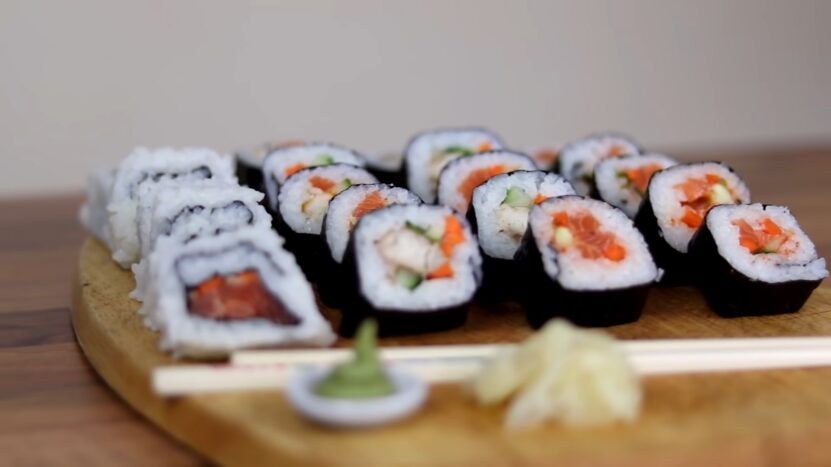Sushi lovers, gather ’round! We’ve all been there. You indulge in a sushi feast only to realize you’ve ordered too much. The question now is: How long can you store these rolls in the fridge before they lose their charm?
We’re diving deep into this topic, breaking down every piece (pun intended) of information you need to know. From understanding the shelf life of this dish to exploring how you can prolong its freshness, we’ve got you covered.
The Shelf Life
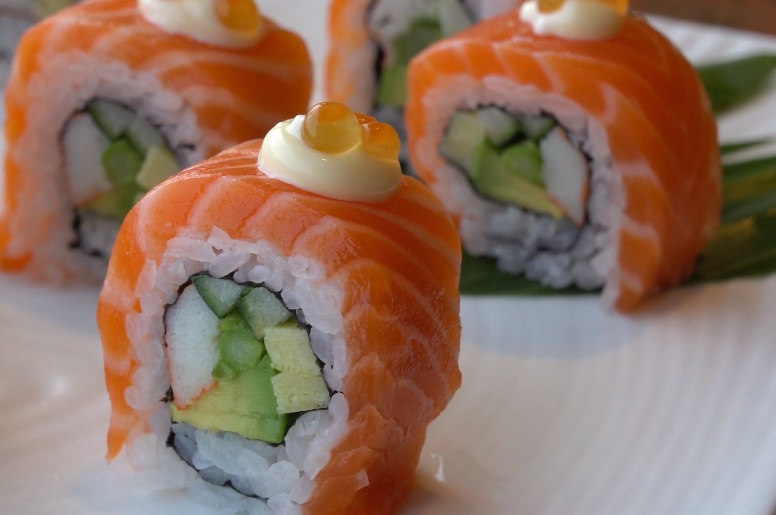
Before diving into the nitty-gritty of sushi preservation, let’s get some basic understanding out of the way. When we talk about this dish, what exactly do we mean? What are the main components, and how do they contribute to its shelf life?
What Constitutes Sushi?
It is an iconic Japanese dish, often mistakenly identified merely as raw fish. However, it is essentially vinegared rice combined with various other ingredients like fish, vegetables, and sometimes tropical fruits.
- Fish: Generally, sushi employs fish that is sushi-grade, which means it’s specially selected and treated to be consumed raw.
- Rice: Sushi rice is sticky rice seasoned with vinegar, sugar, and sometimes sake. It plays a critical role in the overall shelf life of the dish.
- Others: Additional components may include nori (seaweed), vegetables, and sometimes exotic ingredients like mango or avocado.
Factors Influencing Shelf Life
The shelf life of sushi can depend on numerous factors, such as:
- Freshness of Ingredients: The fresher the fish and other components, the longer the dish will last.
- Preparation Method: Techniques such as marinating can affect how long the sushi retains its quality.
- Storage Conditions: Proper storage can dramatically extend or reduce the shelf life of your sushi.
Standard Shelf Life
So, how long does sushi last in the fridge? The general rule of thumb is 24 hours. It’s best to consume it within the day of purchase to fully appreciate its taste and texture. Any longer, and you’re entering risky territory.
How to Know When Sushi Has Gone Bad
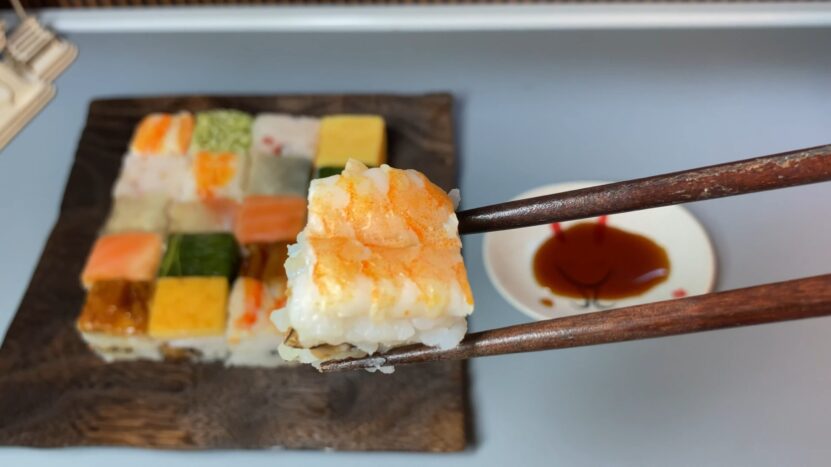
Okay, so you didn’t manage to eat it on day one. No need to panic—yet. There are several ways to identify if the dish has overstayed its welcome in your fridge.
Visual Indicators
Visual cues are your first line of defense when figuring out whether your sushi is still edible.
- Color Changes: Look for changes in color. Fresh fish have a vibrant hue. If it starts to look dull or discolored, it’s a sign that it’s no longer fresh.
- Mold: If you notice any mold, toss it immediately.
Smell Test
The olfactory test is the second most crucial tool at your disposal.
- Fresh Smell: Fresh sushi smells like the ocean. Any strong fishy or sour odor indicates spoilage.
- Pungent Rice: Vinegared rice can start to smell sour when it’s past its prime.
Texture and Flavor
Last but not least, pay attention to the texture and flavor.
- Slimy Texture: If the fish or the rice feels slimy, it’s a sign that bacteria have started to grow.
- Taste Test: If you’re brave enough to taste a piece, any overly sour or off flavors are an immediate red flag.
Preservation: Best Practices
You’ve got some amazing sushi, and you want to savor it as long as possible. How can you extend its life without compromising quality?
Immediate Consumption
The golden rule of sushi is to eat it as soon as possible. It is best enjoyed fresh for several reasons:
- Peak Flavor: Freshness offers the best combination of flavors and textures.
- Safety: Eating the dish immediately minimizes the risk of bacterial growth.
Refrigeration
If immediate consumption isn’t an option, refrigeration is your next best bet.
- Storage: Place the sushi in an airtight container to minimize air exposure.
- Temperature: Keep your fridge at or below 32°F (0°C) for optimal preservation.
Freezing
Believe it or not, you can freeze sushi, but it’s generally not recommended for quality reasons.
- Wrap Tightly: Use plastic wrap to tightly seal the rolls.
- Consume Quickly: Once thawed, consume immediately, as the texture and flavor may have deteriorated.
The Science Behind Preservation
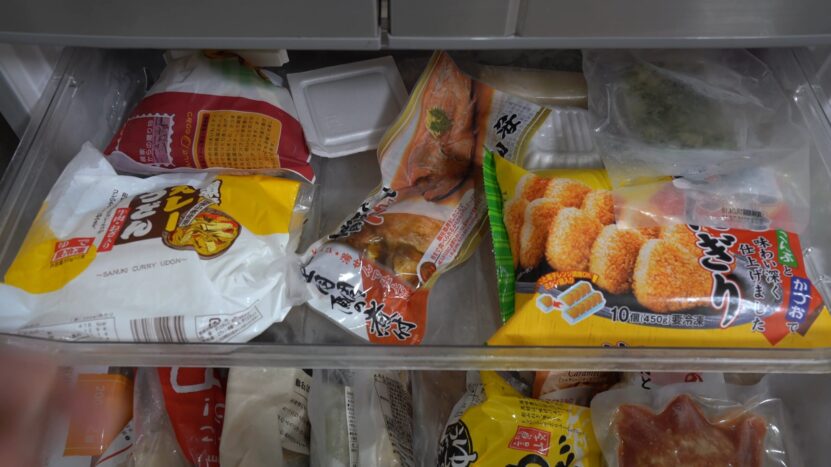
Let’s delve into the scientific aspects of sushi preservation. Why does it spoil so quickly, and what happens at a microscopic level?
Bacteria Growth in Fish
Fish is highly susceptible to bacteria, particularly Salmonella and Listeria.
- Rapid Growth: Bacteria multiply quickly at room temperature, hence the need for immediate refrigeration.
- Prevention: Sushi-grade fish often undergo flash freezing to kill parasites, but this doesn’t protect against bacteria.
Rice and Preservation
Rice isn’t just a filler; it plays a crucial role in preservation.
- Acidity: The vinegar in sushi rice can slow down bacterial growth to some extent.
- Temperature: Rice can also spoil quickly, which is why it’s essential to maintain low storage temperatures.
Preservation Techniques in Sushi-making
Traditional sushi-making involves techniques aimed at preservation.
- Wasabi and Ginger: These aren’t just condiments; they have antibacterial properties.
- Marination: Some types of this dish, like sashimi, are marinated to extend shelf life.
The Intersection of Tradition and Technology in Preservation
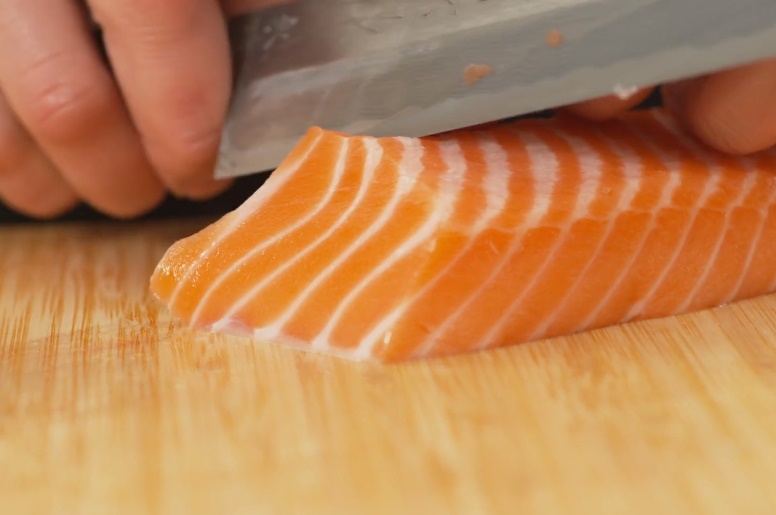
You might wonder if modern technology has caught up with the age-old tradition of sushi-making to offer new methods of preservation. Let’s explore how tradition meets technology in this domain.
Modern Preservation Techniques
Interestingly, technology has started to play a role in how we preserve sushi. Some restaurants have begun using vacuum-sealing techniques to extend the shelf life of the dish.
- Vacuum Sealing: Removing air can slow down the oxidation process, thus keeping the sushi fresher for a longer period. However, it’s crucial to note that this method is generally not recommended for home use, as improper sealing can lead to bacterial growth.
- Modified Atmosphere Packaging (MAP): This is a technique used by some commercial sushi manufacturers. It involves altering the internal atmosphere of the packaging to slow down bacterial growth. Again, this is not for home use but demonstrates how technology is impacting sushi preservation.
The Debate: Traditional vs. Technological Methods
There’s an ongoing discussion within the sushi community about the role of technology in preservation.
- Quality Concerns: Traditionalists argue that modern methods, while effective in prolonging shelf life, compromise the quality of the sushi. The texture and flavor are integral parts of the sushi experience, and preservation technology can alter these characteristics.
- Safety Measures: On the other hand, proponents of technological methods argue that they offer safer options for sushi storage, particularly for mass-produced or supermarket varieties that need a longer shelf life.
Unconventional Ingredients and Their Shelf Lives
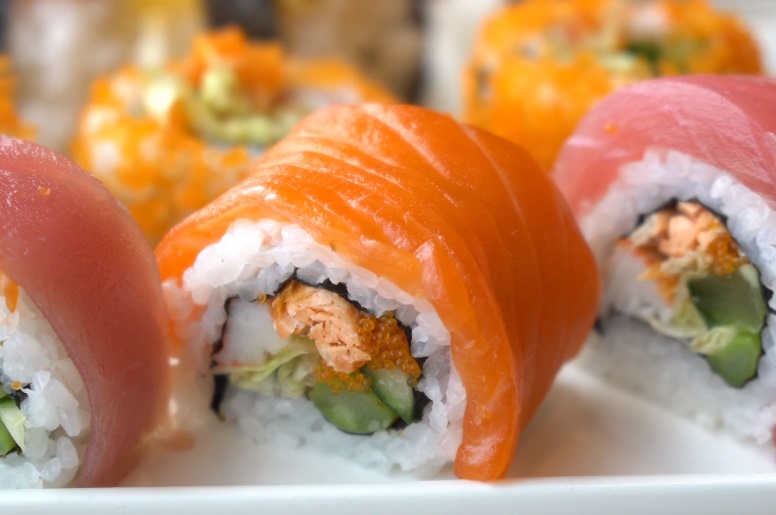
As sushi evolves globally, chefs are incorporating unconventional ingredients that could potentially affect its shelf life.
Fusion
Fusion sushi that incorporates ingredients like cream cheese, cooked meats like chicken, or even fruits like mango and strawberries, is growing in popularity.
- Dairy and Cooked Meats: These can often have a longer shelf life compared to raw fish, possibly extending the longevity of the sushi. However, they also carry their own risks, such as cross-contamination.
- Fruits: While fruits can add an interesting twist, they can also spoil quickly and have a tendency to make the rice mushy if stored for an extended period.
Plant-Based
The rise of plant-based diets has led to the invention of vegan sushi, using ingredients like tofu, tempeh, and a variety of vegetables.
- Longer Shelf Life: Generally, plant-based variation has a longer shelf life compared to traditional variation made with raw fish.
- Texture Changes: The major concern here is the potential loss of texture, as plant-based proteins can become spongy or lose their bite when refrigerated for too long.
Advanced Home Preservation Tips
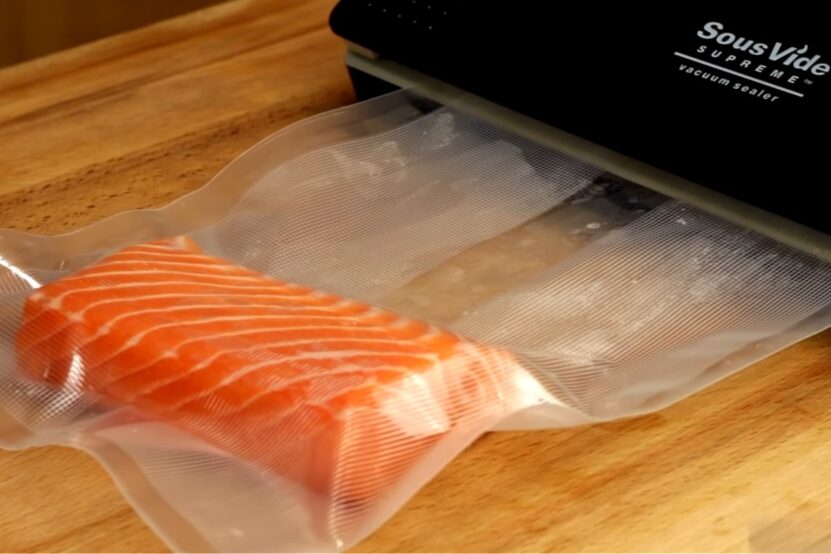
So, you’re not just a casual sushi eater; you’re an aficionado looking for advanced tips to keep the dish fresh for an extended period without compromising on quality.
DIY Vacuum Sealing
Some advanced home chefs have started using vacuum sealers to keep their sushi fresh. However, this method requires careful execution.
- Proper Technique: Ensure you’re familiar with your vacuum sealer’s operation to prevent any potential bacterial growth due to incorrect sealing.
- Short-Term Use: Even with vacuum sealing, it’s advisable to consume the sushi within 48 hours to maintain quality and safety.
Advanced Refrigeration Units
If you’re extremely serious about your sushi, specialized refrigerators exist that are designed for this specific type of storage.
- Consistent Temperature: These units maintain a more consistent temperature to preserve sushi for a slightly longer period without a significant loss of quality.
- Humidity Control: Advanced features include humidity control to prevent rice from hardening.
Final Words
So there you have it: a comprehensive guide to understanding how long sushi lasts in the fridge and the best practices for preservation. This dish is an art form, not just a meal. Treat it with the respect it deserves, and it will offer you a culinary experience like no other.
From its ingredients to its intricate preparation methods, every detail matters, including how you store it. The next time you find yourself with leftover sushi, you’ll know exactly what to do.
